Day of the Dead. Can we bring the dead back to life?
My time in New Mexico brought me to a small town called Taos. It was the 2nd of November, an ordinary day for me, yet not for the state. The streets were filled with a confusing cheer of happiness while skeleton heads decorated the streets.
Halloween is over, I thought? Clearly, I was missing out on something.
The symphonies of traditional music came floating out of a small house’s window closed with wooden shutters. Skeleton heads of different colours and sizes adorned the house, awakening intrigue to what is to be found in its inside. The doors where open, everyone was welcomed to join. For this day, and the past two, mark cherished days of tradition and profound meaning.
Today and the past two days are the days of a tradition whose roots lie many hundred years in the past. The 31st celebrating All Hallows Eve, Halloween, the 1st celebrating Día de los Inocentes, All Saints’ Day and the 2nd celebrating the Day of the Dead, All Soul’s Day.
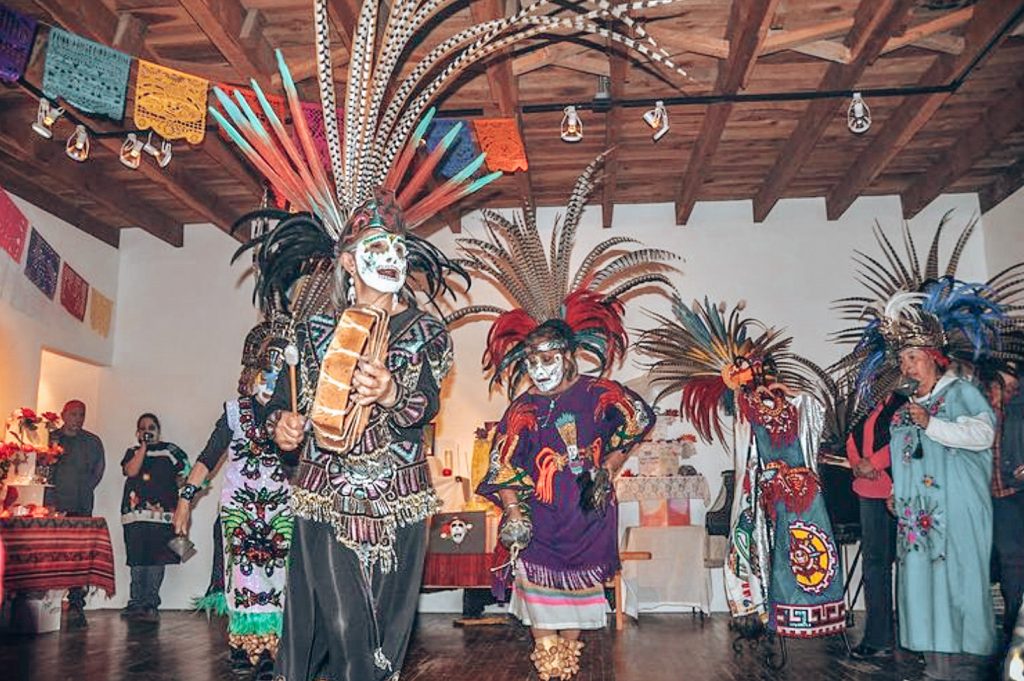
Today, It is the Day of the Dead.
As I step foot into this small, cozy house I am blinded by the ingenuine beauty of life occurring before my eyes. I come to understand that these days are much more than simply a tradition. It is a tradition were the souls of the deceased relatives and ancestors are brought back to life through the celebration of the alive.
An illustrious fuse of Mesoamerican ritual, European religion and Spanish culture. Changing the perception on death as an integral part of life. Replacing fear through understanding in an environment of embrace.
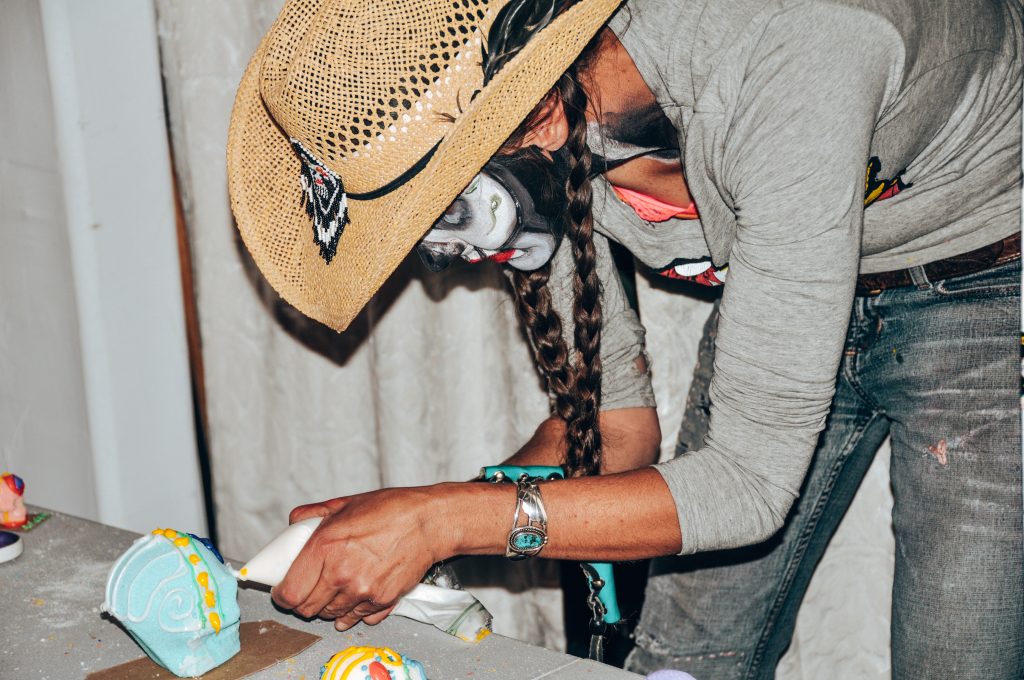
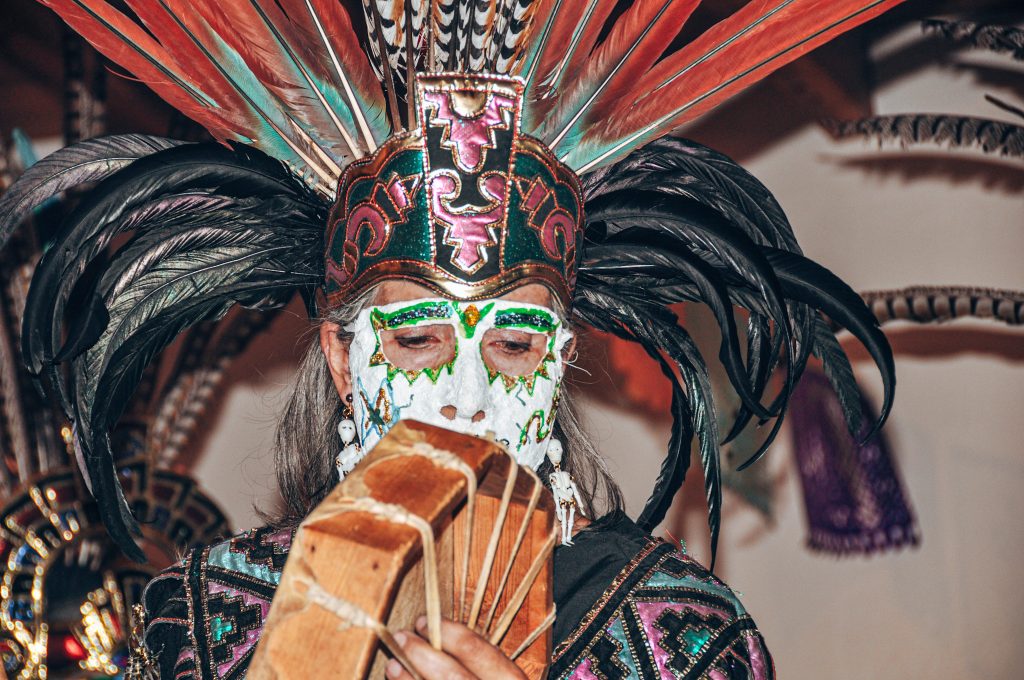
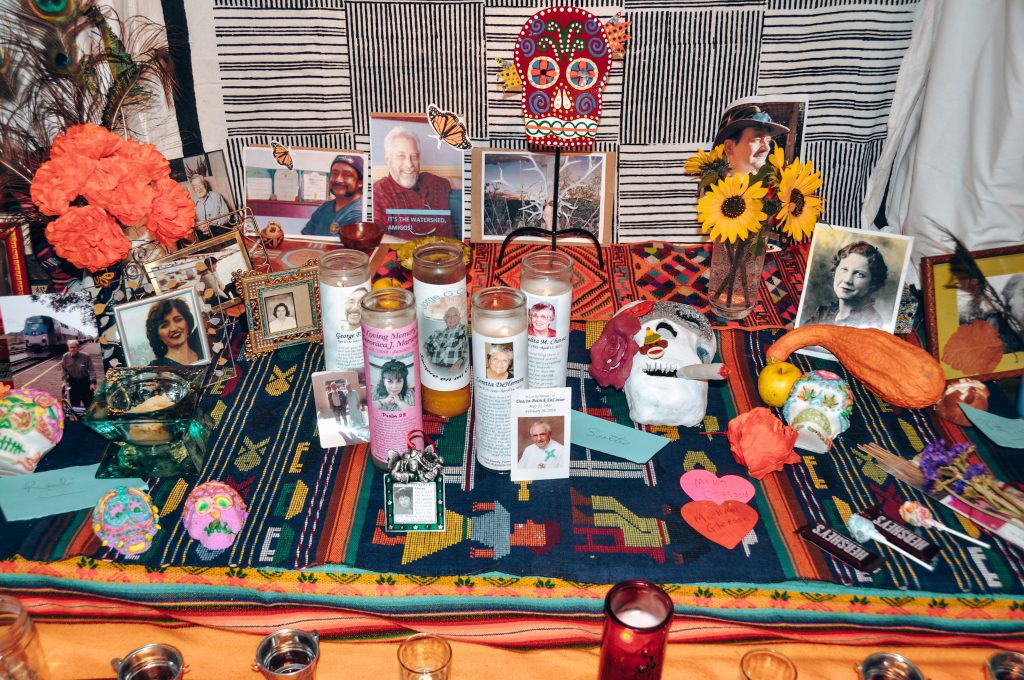
Women dressed in vibrant and intricate traditional new Mexican clothing with distinct colours and shapes, ingenuine vast feather headdresses and shell-embellished ankle cuffs that epitomized the steps the women danced. Their faces hid behind skull mask while their hands hold a drum crafting beats to dance along with. Children rejoice with their freshly painted faces conveying skulls as their eyes are the only shimmer evoking from their faces. Sugar skulls are turned into art as adults and children decorate a once one coloured sugar skull into a flourishing piece of art through the fusing of glaze consisting of boundless colours, not to be eaten by us but to be placed before the ofrenda, of the deceased.
An ofrenda Is an altar built every year in the houses of people to honor the deceased, demonstrating the identity and human he/she was through photographs laid out around the ofrenda, personal and worshiped items that belonged to the deceased, pan (bread) de Muertos, marigold petals, lighted candles, fruits even the sugar skulls that are adorned with glaze and other traditional items.
No wonder, for ofrenda translates into ‘offering.’ As the ofrenda is an integral and cherished part of Dia de los Muertos, it turns from an altar into its very own form of life. Celebrating the deceased person’s life and the indescribably valuable person they were.
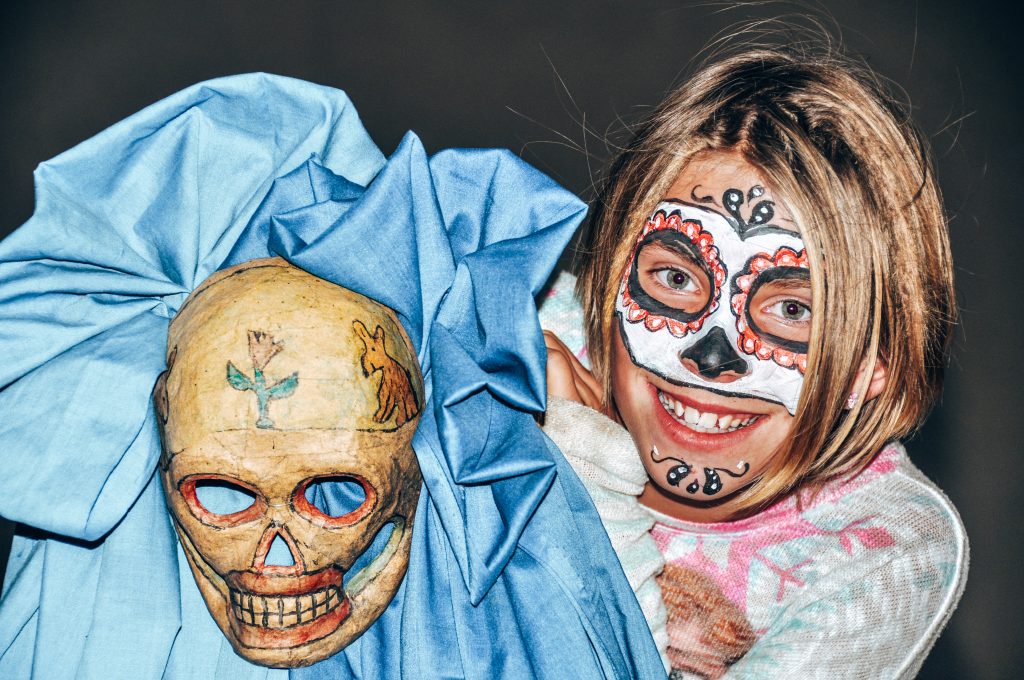
For me this tradition was a whole-souled experience that gifted me a different perspective towards death. The greatest fear of humanity. Isn’t this a beautiful way of remembering our loved ones? Rather than understandably sorrowing over their loss, to celebrate their life and the person they were and in some way still are?
From the 31 of October, New Mexico is where you should be. Come and experience this eye-opening day as the locals embrace and welcome you fully into their celebration. Should you not be able to experience Dia de los Muertos in person, I think I know of a movie that will convey the essence and spirit of this day. It’s called Coco.